Witchdoctor Rating
-
- 9/109/10
Summary
ANDREW BAKER likes the Pavane DAC, and he should know, because he spent a year with it. Read on for his most excellent review.
$7495
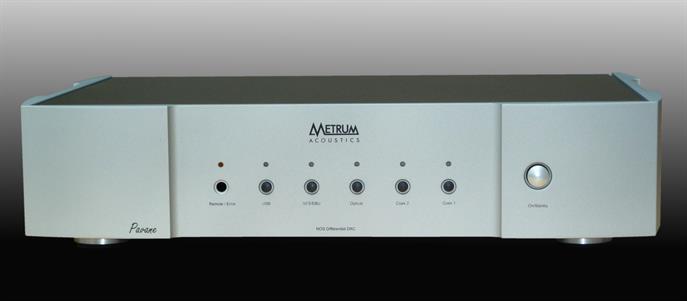 I write this Metrum Acoustics Pavane review with a terribly sheepish expression upon my face. Usually when I’m given a product to assess I have it for around one to three, maybe four months before returning it (sometimes at my own cost) and coming up with copy destined for this esteemed website. Unfortunately, the eternally patient Ian Brown from Critical Sound Information down in Hastings told me there was no hurry for a review when the Pavane was delivered at my front door. I guess I took that a little too literally, as it has been almost a year with no sign of a review from yours truly. To be fair, the last 12 months or so have been a tad testing, with deaths, major operations, finances and other bumps interrupting normal transmission of this fleeting existence. Suffice it to say, the Pavane has proven itself a worthy and faithful musical companion over this time.
I write this Metrum Acoustics Pavane review with a terribly sheepish expression upon my face. Usually when I’m given a product to assess I have it for around one to three, maybe four months before returning it (sometimes at my own cost) and coming up with copy destined for this esteemed website. Unfortunately, the eternally patient Ian Brown from Critical Sound Information down in Hastings told me there was no hurry for a review when the Pavane was delivered at my front door. I guess I took that a little too literally, as it has been almost a year with no sign of a review from yours truly. To be fair, the last 12 months or so have been a tad testing, with deaths, major operations, finances and other bumps interrupting normal transmission of this fleeting existence. Suffice it to say, the Pavane has proven itself a worthy and faithful musical companion over this time.
For those of you who don’t know by now, Metrum Acoustics is a Dutch company, started and helmed by Cees Ruijtenberg. Originally running as an OEM making components for other companies, Cees eventually decided to build his own DACs, utilising the Transient R2R ladder DAC ONE chip modules he designed himself. His designs are based on the non-oversampling (NOS) principle which he (and myself for what it’s worth) believes gives digital music a much more natural and musical character. Or, to be more accurate, brings it closer to sounding like the real thing.
The contents of the Transient chipsets are a secret and they come in a tightly sealed unit. There’s a load of technical information about the Pavane online and practically everything you really need to know is available on the Metrum Acoustics website, but as the man himself has said, “It’s what it sounds like that matters, not what is inside.”
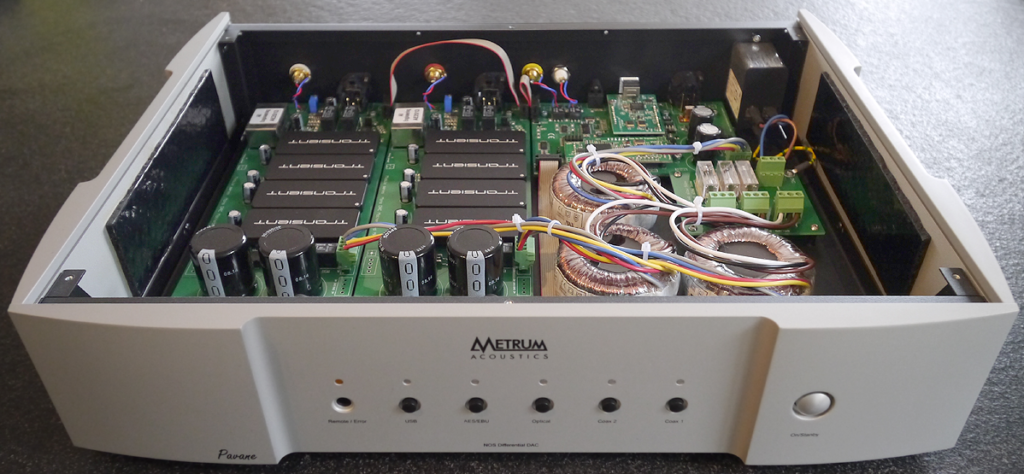 Nevertheless, I’ll give you a snippet. Like all Metrum DACs, the flagship Pavane is a non-oversampling design with four DAC ONE modules per channel in differential mode. The source signal is pushed through a Metrum designed ‘FPGA’ or Forward Correction Module, which basically corrects low level linearity and noise before hitting the Transient modules, probably resulting in the -145 dB at 2 V RMS measurement given by Metrum. The USB3 input, which feeds directly to the FPGA, is a M2Tech XMOS OEM module and can handle sample rates up to 384kHz, ensuring flexibility for future innovations. Like the Hex, the Pavane is powered by three hefty toroidal transformers but in terms of build and chassis, it is quite different.
Nevertheless, I’ll give you a snippet. Like all Metrum DACs, the flagship Pavane is a non-oversampling design with four DAC ONE modules per channel in differential mode. The source signal is pushed through a Metrum designed ‘FPGA’ or Forward Correction Module, which basically corrects low level linearity and noise before hitting the Transient modules, probably resulting in the -145 dB at 2 V RMS measurement given by Metrum. The USB3 input, which feeds directly to the FPGA, is a M2Tech XMOS OEM module and can handle sample rates up to 384kHz, ensuring flexibility for future innovations. Like the Hex, the Pavane is powered by three hefty toroidal transformers but in terms of build and chassis, it is quite different.
The Pavane is a full-sized unit, measuring 440 x 320 x 85 mm and weighing a very decent 10kg. The extremely well-damped frame is housed in thick aluminium panelling and the top is highly polished and attractive tempered black glass, sandwiched with steel. Tap the bugger and it’s completely dead. Also, note the lack of visible screws. The Pavane is available in black or silver – the black looks a little bit on the utilitarian side I think, but then I am a silver man.
The Pavane is powered on at the back above the IEC power plug, with a stand-by button on the front where you’ll also find selectors for USB, AES/EBU, Optical, Coaxial 1 and Coaxial 2 inputs. These are lit up by blue LEDs and there’s a red LED to indicate standby and incoming signal error. A small aluminium remote is provided, which I think is a nice touch and it features a single button for selecting through the inputs. The associated input plugs are located at the back, natch, and there is a choice of either BNC or RCA coaxial inputs. For outputs, you have the choice of RCA, in the form of Neutrik cinch connectors, or balanced XLRs. If using RCA interconnects and you’re peering over the top of the unit while plugging in, take care not to confuse the left RCA output with the RCA coaxial input. It has been done.
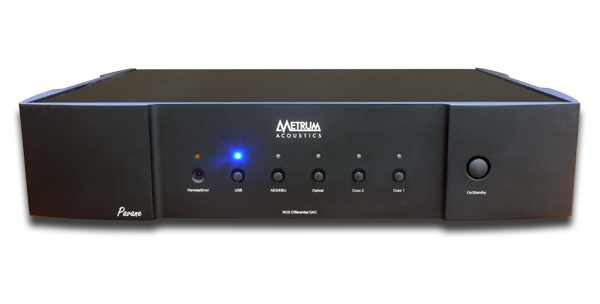 The USB input, which I used almost exclusively for this review, will handle 44 – 384kHz sample rates, the Coaxial and AES/EBU 44 – 192kHz and the Optical input just 44 – 96kHz. DSD is not an option here but I can’t say I’m particularly bothered. While the Pavane comes in standard form at the $7495 price tag, for a little extra it can be ordered in upgraded Levels II or III modes. Level II is said to be ‘Broadcast quality’, using DAC TWO modules each incorporating internal FPGA and giving a maximum sample rate of 24/192kHz. Level III has further modifications giving a maximum sampling rate of 384kHz.
The USB input, which I used almost exclusively for this review, will handle 44 – 384kHz sample rates, the Coaxial and AES/EBU 44 – 192kHz and the Optical input just 44 – 96kHz. DSD is not an option here but I can’t say I’m particularly bothered. While the Pavane comes in standard form at the $7495 price tag, for a little extra it can be ordered in upgraded Levels II or III modes. Level II is said to be ‘Broadcast quality’, using DAC TWO modules each incorporating internal FPGA and giving a maximum sample rate of 24/192kHz. Level III has further modifications giving a maximum sampling rate of 384kHz.
I was somewhat underwhelmed upon first hearing the Pavane. Not that it didn’t sound good, but I remember looking at it and thinking: ‘Seven and a half grand? Really?’ Then I read Metrum recommend running new units in for at least 100 hours before expecting them to perform at their best. As middle age rears its hideous and inevitable head I find myself becoming increasingly impatient when told a product needs a lengthy period of burn-in. Speakers? Certainly. Valves? Sure. Cables? Oh, come on! Anyway, I concede I am an impatient sod who just wants to get down to the business of listening to my favourite jams, but for the sake of argument I let the Pavane run for a week or two before settling down proper. Besides, I’m not about to argue with someone who possesses the brains and expertise to create his own DA convertors from scratch. Some would say a lot of the ‘burn-in’ period comes down to one’s ears becoming adjusted to the new equipment, and it was for that reason I didn’t pay it much attention throughout this time.
I use JRiver on my PC laptop and once I had installed the driver from the Metrum Acoustics website (not necessary for Mac users of course) and selected the HiFACE TWO driver in the Media Centre playback options, I was ready to go. My MHDT Labs ‘Stockholm’/USB-SPDIF Convertor/Audioquest ‘Jitterbug’ combo was about to spend the next few months gathering dust, pulled back into duty for the occasional comparative listen. (In actual fact, no dust was gathered as I obsessively keep all my gear clean.)
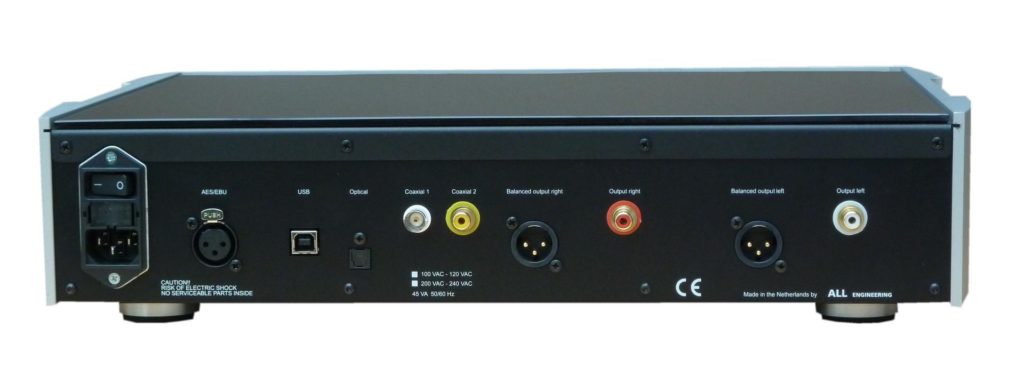 It took a bit of time and a few good listening sessions, but eventually it began to dawn on me that the Pavane is a bit special. Maybe there is something in that ear-acclimatisation theory, because over time the Pavane revealed itself to be a delightfully musical and tonally rich performer, possessing a very quiet noise-floor and a remarkably analogue-like presentation. Music had expressive depth, lush layers of sound pleasing the ears and emotions with individual timbres. I noted the lovely tuneful bass with its easy-to-distinguish individual notes – none of this smudged together flabby mess some people seem to think constitutes good bass so long as it rattles Grandma’s false teeth out of her face.
It took a bit of time and a few good listening sessions, but eventually it began to dawn on me that the Pavane is a bit special. Maybe there is something in that ear-acclimatisation theory, because over time the Pavane revealed itself to be a delightfully musical and tonally rich performer, possessing a very quiet noise-floor and a remarkably analogue-like presentation. Music had expressive depth, lush layers of sound pleasing the ears and emotions with individual timbres. I noted the lovely tuneful bass with its easy-to-distinguish individual notes – none of this smudged together flabby mess some people seem to think constitutes good bass so long as it rattles Grandma’s false teeth out of her face.
On better-than-average recordings it has a graceful analogue-like nature that makes you want to keep on listening well past your bedtime. Which leads me to mention that the Pavane (at least as I experienced it) does not polish the proverbial turd. I have a lot of downloaded music, mostly in FLAC form, some of it higher than CD resolution, and all my CDs are ripped to FLAC (with a few WAVs for good measure). Most of it sounded excellent with high resolution releases sounding particularly good; even some of my MP3 downloads of live concerts by the likes of Wilco and the Grateful Dead had enough going for them to keep me listening. But some of those digitally dirty and over-trebly recordings seemed less listenable than usual. Perhaps the Pavane is just too honest?
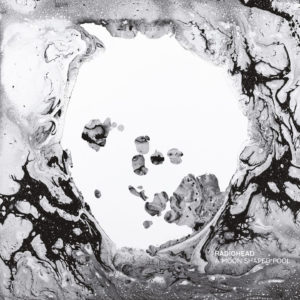 I was listening to a 24/96 download of Radiohead’s A Moon Shaped Pool and although I’m disappointed with the album as a whole, the Pavane reveals irresistibly lush layers of electronic and instrumental sound and holographic vocals from Thom Yorke, pushing sound out into the room far and wide, but maintaining a believably realistic musical occurrence. I decided to flick over to their 1995 album The Bends, and was immediately horrified at how frankly terrible it sounded. It’s a great record, but it sounded so glaring and digital in comparison to Moon that I just wanted to move on to something more tolerable. It was flat and compressed sounding and very harsh and fatiguing. I must confess I hadn’t listened to The Bends for quite some time, and running it through my Stockholm made it only slightly more tolerable. Perhaps I ought to seek out a high-res or vinyl version. Similarly, an MP3 version of Joy Division’s Unknown Pleasures sounded more claustrophobic than I believe the artists intended: flat, murky and spectacularly uninspiring. Fine for playing off your mobile device with cheap earbuds, but not what you really want on a top class stereo system. Thanks to a recommendation from a Witchdoctor reader a few years back, I now own a 180g reissue of the album on vinyl and it sounds delightful, in a depressing sort of way.
I was listening to a 24/96 download of Radiohead’s A Moon Shaped Pool and although I’m disappointed with the album as a whole, the Pavane reveals irresistibly lush layers of electronic and instrumental sound and holographic vocals from Thom Yorke, pushing sound out into the room far and wide, but maintaining a believably realistic musical occurrence. I decided to flick over to their 1995 album The Bends, and was immediately horrified at how frankly terrible it sounded. It’s a great record, but it sounded so glaring and digital in comparison to Moon that I just wanted to move on to something more tolerable. It was flat and compressed sounding and very harsh and fatiguing. I must confess I hadn’t listened to The Bends for quite some time, and running it through my Stockholm made it only slightly more tolerable. Perhaps I ought to seek out a high-res or vinyl version. Similarly, an MP3 version of Joy Division’s Unknown Pleasures sounded more claustrophobic than I believe the artists intended: flat, murky and spectacularly uninspiring. Fine for playing off your mobile device with cheap earbuds, but not what you really want on a top class stereo system. Thanks to a recommendation from a Witchdoctor reader a few years back, I now own a 180g reissue of the album on vinyl and it sounds delightful, in a depressing sort of way.
 Folky-singer Aldous Harding is one of New Zealand’s best contemporary music artists, I reckon. Lord knows why she isn’t a household name already. Lorde knows. There are many singer/songwriters around at the moment, but few stand out with a voice and sound that is all their own quite like Harding. Nadia Reid is another who comes to mind. I had heard stories of Harding’s live shows, particularly regarding audience behaviour, but it wasn’t until I caught one of her gigs myself a year or two ago on a rainy Auckland evening that I found these stories to be true. By the time the first verse had left her mouth, the audience was completely dead silent, barely a cough or clink of a glass and certainly not a peep from that group of two to four people who do not shut the fuck up throughout an entire performance and who seem to be present at every goddamn Auckland gig I attend. The result is an eerie sort of atmosphere, the crowd totally enraptured, giving Harding a wonderful presence with every vocal inflection, every quirk, every strum and pluck of her guitar laid bare, transcending the crowd and time and space.
Folky-singer Aldous Harding is one of New Zealand’s best contemporary music artists, I reckon. Lord knows why she isn’t a household name already. Lorde knows. There are many singer/songwriters around at the moment, but few stand out with a voice and sound that is all their own quite like Harding. Nadia Reid is another who comes to mind. I had heard stories of Harding’s live shows, particularly regarding audience behaviour, but it wasn’t until I caught one of her gigs myself a year or two ago on a rainy Auckland evening that I found these stories to be true. By the time the first verse had left her mouth, the audience was completely dead silent, barely a cough or clink of a glass and certainly not a peep from that group of two to four people who do not shut the fuck up throughout an entire performance and who seem to be present at every goddamn Auckland gig I attend. The result is an eerie sort of atmosphere, the crowd totally enraptured, giving Harding a wonderful presence with every vocal inflection, every quirk, every strum and pluck of her guitar laid bare, transcending the crowd and time and space.
With that in mind, I selected Aldous Harding’s superb 2014 self-titled debut album, which I have in standard 16/44 FLAC form. It’s dark and sad, folk noir perhaps, but never dull. Often enriched with a full band, yet it’s the songs with just voice and guitar that I find most arresting. I had high hopes for what the Pavane’s alleged low noise floor could bring to this particular recording and I wasn’t disappointed. Beginning with ‘Stop Your Tears’, I was hooked from the moment the ghostly choir emerged from the ether and the acoustic guitar started over the top. Not only a great singer, Aldous Harding is a very good guitar player, plucking and strumming with apt foreboding. And indeed, it was an eerily silent darkness from which she materialised, enabling me to focus on the lovely timbres to be heard within her voice, which lured and coaxed me into the world her lyrics created, dark, gloomy and completely fascinating that it is. Closing my eyes, I could immediately picture the crowd standing in awe while Harding, sat upon her stool up on the stage, weaved her dark poetry. Her song ‘Beast’ was equally mesmerising, notwithstanding its brevity, with its swiftly plucked strings and breathy vocals. Harding’s voice sounded more fleshed out than when heard through my Stockholm DAC and her guitar had more body and clarity, with satisfying resonance and tone.
 Hearing Wilco’s ‘How To Fight Loneliness’ from their album Summerteeth may well have been my revelatory moment. This song, reminiscent of a Crowded House number (that’s a compliment to both bands) has long been a favourite and makes for an excellent test track. The way the bass came in after the strummed acoustic guitar followed by drums and percussion made me sit up to attention immediately. Jeff Tweedy’s voice, raw and elegiac as ever, with his accompanying guitar stood in the middle, superbly rendered with drums behind him showcasing their lovely timbres and extra percussion actually weaved out and in front of the singer. The bass was punchy and tightly rhythmic and some wonderfully percussive piano stair-cased out of the left speaker high into the room. Rich hues of tone and colour made the recording ever more lavish sounding. My Stockholm gives an outstanding rendition of ‘How To Fight Loneliness’ and I remember the Metrum Hex doing an equally admirable job, but the Pavane really went all out, bringing out atmosphere with a greater sense of space and separating individual instruments in a very sophisticated manner. Not bad at all considering I didn’t take to this DAC on first listen.
Hearing Wilco’s ‘How To Fight Loneliness’ from their album Summerteeth may well have been my revelatory moment. This song, reminiscent of a Crowded House number (that’s a compliment to both bands) has long been a favourite and makes for an excellent test track. The way the bass came in after the strummed acoustic guitar followed by drums and percussion made me sit up to attention immediately. Jeff Tweedy’s voice, raw and elegiac as ever, with his accompanying guitar stood in the middle, superbly rendered with drums behind him showcasing their lovely timbres and extra percussion actually weaved out and in front of the singer. The bass was punchy and tightly rhythmic and some wonderfully percussive piano stair-cased out of the left speaker high into the room. Rich hues of tone and colour made the recording ever more lavish sounding. My Stockholm gives an outstanding rendition of ‘How To Fight Loneliness’ and I remember the Metrum Hex doing an equally admirable job, but the Pavane really went all out, bringing out atmosphere with a greater sense of space and separating individual instruments in a very sophisticated manner. Not bad at all considering I didn’t take to this DAC on first listen.
Speaking of piano, I also spent a good deal of time with Helge Lien Trio’s Natsukashii album. I bought this, in 24/192 format, based on having heard the song ‘Afrikapolka’, but for a long time didn’t warm to it. Until recently that is, where I’ve had it on high rotation repeat listening. I don’t know what brought about this sea change but I’m hooked. Whether because it is a high-resolution format or simply because of the high-quality engineering is moot, but it sounded fabulous through the Pavane. Rhythmically satisfying and rich in tone and dynamics, I had to keep listening to the entire album as I was unable to pick any one track. This is where the high-end truly pays off. The subtlest details and textures could be better distinguished, enriching the music and creating a heightened sense of awareness. The scale, the highs and lows, the building and release of tension, darkness and light, complex rhythms and timbres. Most importantly, the luxurious flow of music. The bass was warmly organic and tuneful, drums full and resonant and the piano just sounded beautiful – there is simply no better way to describe it. It’s very tempting to say that the next best thing would be the real thing.
 To see what the Pavane would do with some more aggressive sounding music I gave Shellac’s 2014 album Dude Incredible in standard 16/44.1 FLAC a try. The Pavane made the transition from high-brow jazz to angry expletive-laden rock without a hitch. ‘Riding Bikes’ features blistering guitars and some snarling vocals from Mr Steve Albini, and it really seared and sparked from the speakers. The drums took up nearly the whole rear wall behind the speakers with excellent scale and brute force, and the bass drum positively thumped and thudded. The music was all more spread out and defined than when it’s played through the Stockholm, and I enjoyed the sense of space the Pavane created around the musicians. Rhythmically, the whole thing was gripping and engaging, an adrenaline rush from the comfort of my couch, never sounding sluggish or overpowered.
To see what the Pavane would do with some more aggressive sounding music I gave Shellac’s 2014 album Dude Incredible in standard 16/44.1 FLAC a try. The Pavane made the transition from high-brow jazz to angry expletive-laden rock without a hitch. ‘Riding Bikes’ features blistering guitars and some snarling vocals from Mr Steve Albini, and it really seared and sparked from the speakers. The drums took up nearly the whole rear wall behind the speakers with excellent scale and brute force, and the bass drum positively thumped and thudded. The music was all more spread out and defined than when it’s played through the Stockholm, and I enjoyed the sense of space the Pavane created around the musicians. Rhythmically, the whole thing was gripping and engaging, an adrenaline rush from the comfort of my couch, never sounding sluggish or overpowered.
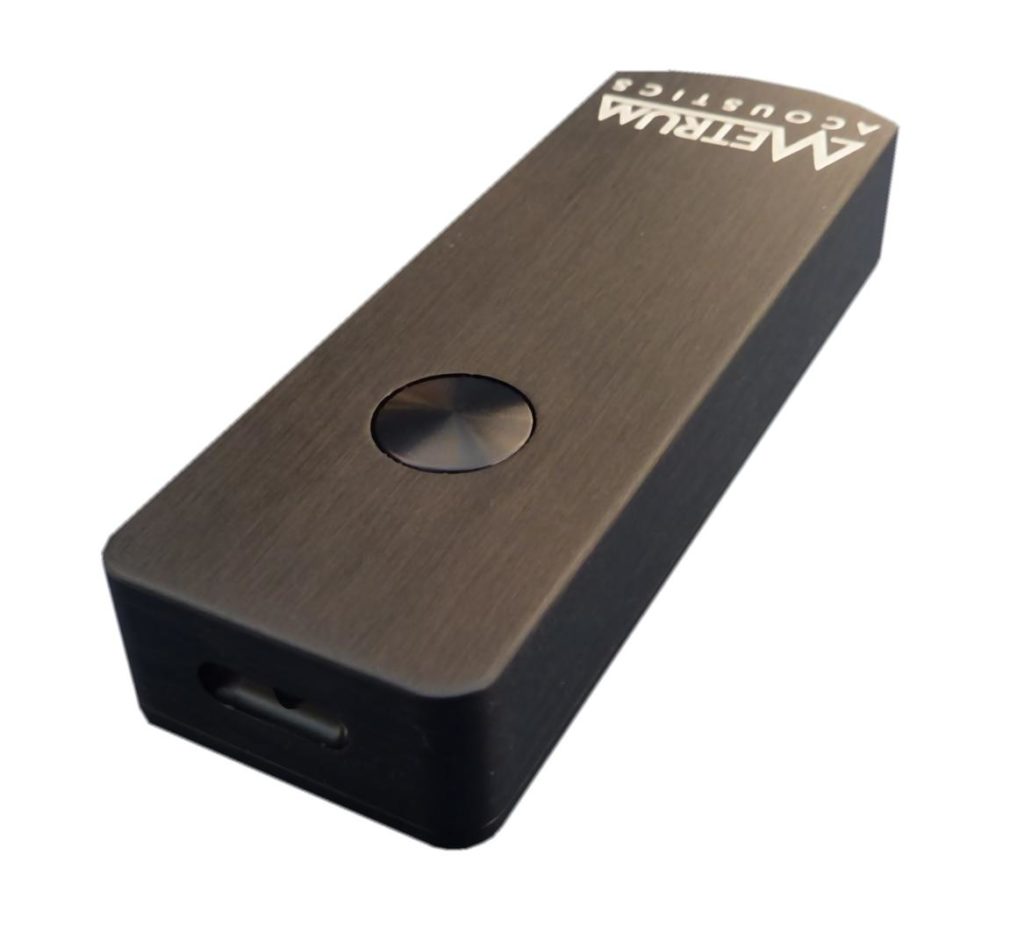 Metrum Acoustics’ Hex and Octave DACs give outstanding value for money and you really can’t go wrong with either of those models. The Pavane is a big step up financially, although admittedly the payoff in sonics may not for some listeners be as immediately obvious, especially if you are upgrading from something that is already rather decent. I can say with certainty it will justify itself if given the time and attention it deserves, and you’ll likely realise just how good it is if for some reason, you go back to what you had before.
Metrum Acoustics’ Hex and Octave DACs give outstanding value for money and you really can’t go wrong with either of those models. The Pavane is a big step up financially, although admittedly the payoff in sonics may not for some listeners be as immediately obvious, especially if you are upgrading from something that is already rather decent. I can say with certainty it will justify itself if given the time and attention it deserves, and you’ll likely realise just how good it is if for some reason, you go back to what you had before.
The Pavane offers a good range of features, albeit lacking the DSD option, and it couldn’t be easier to set up and use. While it doesn’t look overtly out-of-the-ordinary, it is handsome and the build quality is undeniably sexy. It is at its best with higher quality recordings, so don’t expect all your MP3s to sound like gold, though I’m sure you’ll be in for a few surprises.
Compared to my own MHDT Labs Stockholm DAC, the Pavane displays a greater sense of space, and rhythms seem tighter and more engaging, uncannily unlocking finer details along the way. The sound is undoubtedly more high-end but no less musical or rewarding. It seems ridiculous to say but somehow with the Pavane the silence has more presence than I’ve heard before, allowing me more insight and involvement when delving into a recording.
I’ve heard a lot of DACs but only now have I considered replacing my own.





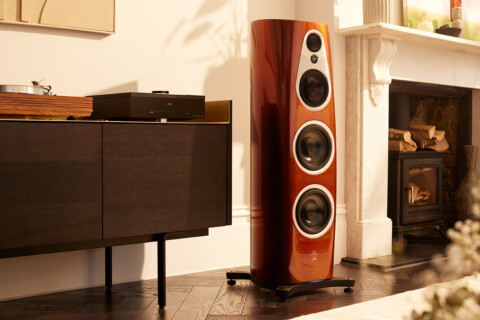
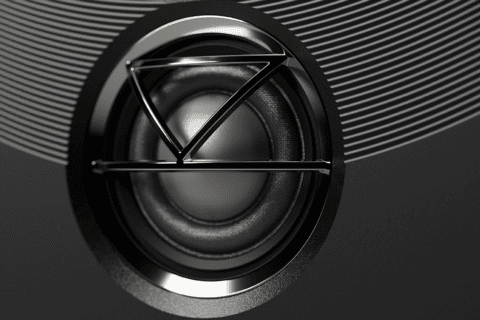
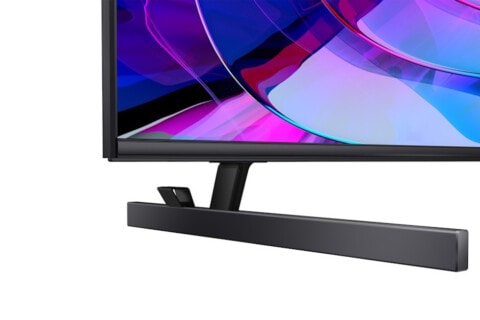
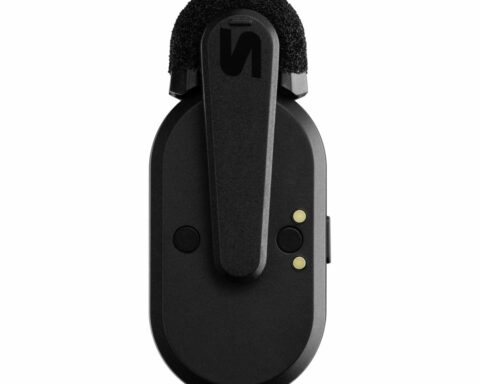
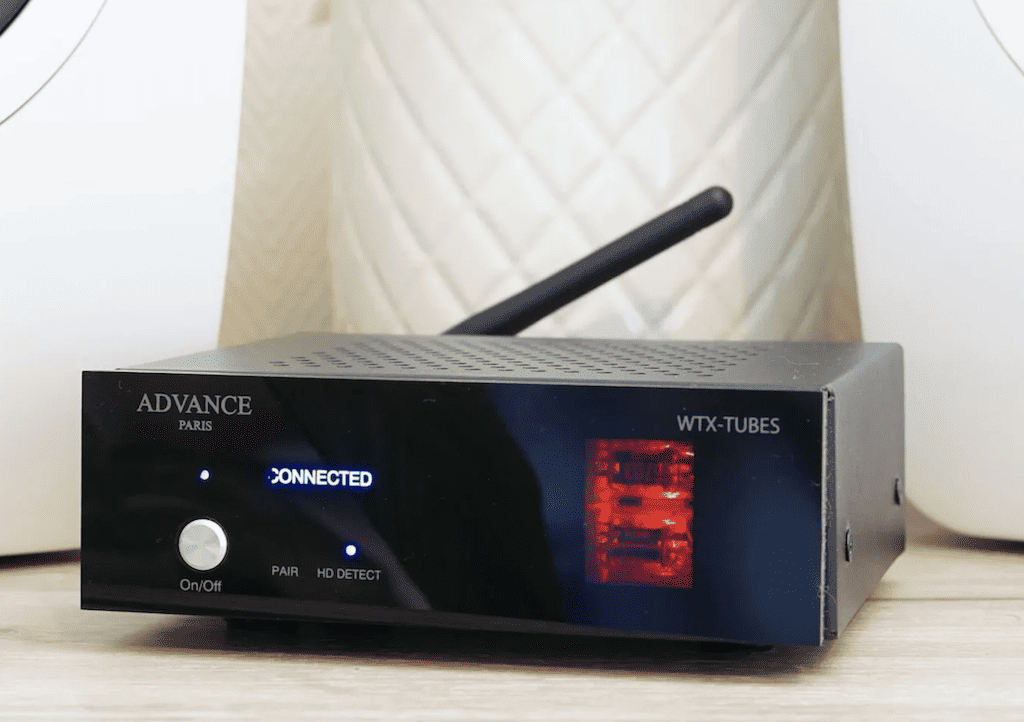

Andy
Believe it could be eligible for a ‘Guinness World Record’ – longest Audio Review in History ! Just as well seeing as it takes time to fruit – my end too. There are opinions that ‘brain adjustment’ plays its part and also many adhere to the leave ‘switched on’ permanently school of thought. Thanks for your time and dedication.